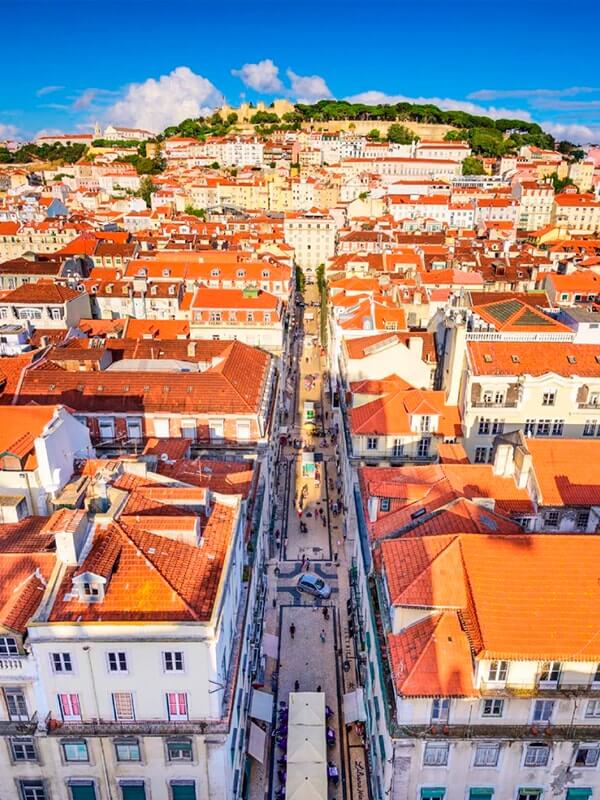
10 Best Museums in Lisbon

Lisbon's museums really let you dive into the cultural heritage of Portugal. Put these 10 museums at the top of your cultural to-do list.
National Azulejo Museum: Azulejos, or glazed tiles, have long played a role in Portugal’s cultural history. Just prowl around the streets of Lisbon and you’ll see as much. This museum, housed on once-sacred grounds, delves into their rich legacy, wooing visitors by some 300 beautifully ornate patterns.
Calouste Gulbenkian Museum: Oil magnate and philanthropist Calouste Gulbenkian started amassing art at a young age, and his eclectic collection have now more than 6,000 pieces. There are works by Ruben, Degas, and Rembrandt.
MUDE (Museu do Design e da Moda): The museum pre-reno had more than 2,000 objects—a mix of clothing, accessories, footwear, furniture, and objects—that touch on themes like luxury and counterculture. Past exhibits featured Alexander McQueen, Balenciaga, and Jean-Paul Gaultier.
Museum of Art, Architecture and Technology (MAAT): The main reason to visit the Museum of Art, Architecture, and Technology (MAAT)—a modern cross-cultural hub that brings together visual arts, urban affairs, technology, and science—is the setting.
Museu do Fado: It's one of Portugal’s cultural legacies. Get to know the art form with an immersive experience at this Alfama museum.
National Museum of Ancient Art: Treasures abound at the National Museum of Ancient Art, where paintings, sculptures, furniture, ceramics, textiles, gold, and silverware capture Portugal’s riveting history from the Middle Ages through the 19th century.
Berardo Collection Museum: The modern and contemporary artworks on display here all belong to José Manuel Rodrigues Berardo. There’s only room to showcase 900 of Berardo’s pieces—by more than 500 artists. Roy Lichtenstein, Pablo Picasso, Marcel Duchamp, Francis Bacon, Jean-Michel Basquiat, Cindy Sherman, and Andy Warhol are all impressively represented
Casa-Museu Medeiros e Almeida: The mansion features 27 galleries throughout two wings: the well-preserved old quarters where the couple once dwelled, and the newer, more gallery-like space built in the 1970s
Museum of the Orient: Illuminating a dialogue between East and West. Many of the featured works here address Portugal’s influence on Asia.
National Coach Museum: Horse-drawn coaches symbolize a lost, beautiful art form, but they get the limelight at the National Coach Museum in Belém. The historic collection, featuring examples from around the world, makes it one of Lisbon’s most sought-after cultural sites.
This article is an abbreviated version of the original. To read the full article, click here.
